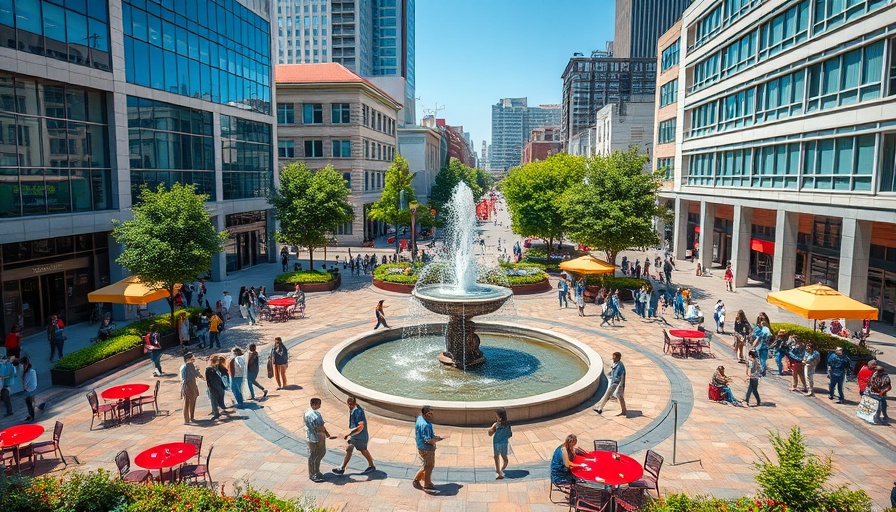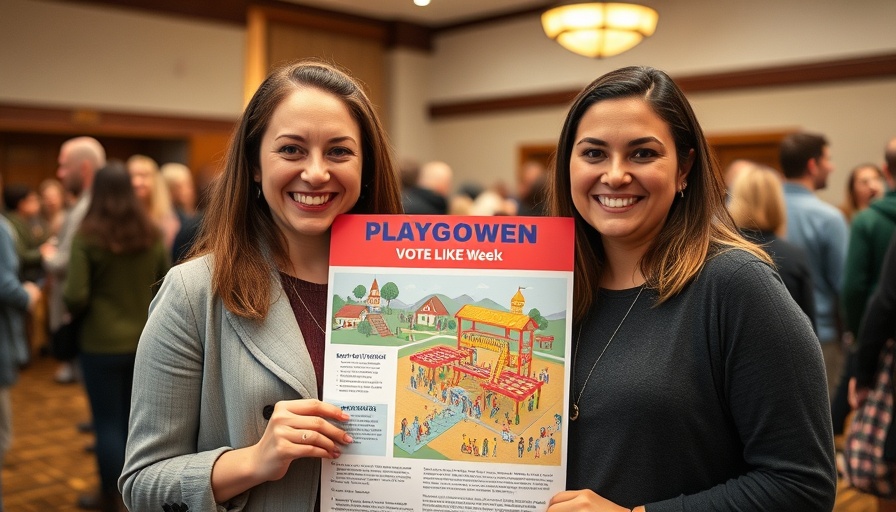
Transforming Penn Station: A Vision for the Future
A new $7.5 billion plan aims to reshape Penn Station, originally proposed by allies of Donald Trump. This ambitious project, led by the Grand Penn Alliance and its chief architect Alexandros Washburn, looks to move Madison Square Garden across Seventh Avenue, replacing it with a substantial green park that would serve as a welcoming entrance to the busiest rail hub in the United States.
Expected to be one of the largest train concourses in the world, the redesigned Penn Station seeks to rectify the architectural failures of the past while creating a vibrant public space. The proposal highlights not just the construction of a new train hall but also intends to preserve significant sites like the 153-year-old Catholic Church of St. John the Baptist. This thoughtful design showcases the need for more green spaces in urban environments, addressing public concerns over infrastructure and the urban landscape.
Green Spaces and Community Impact
The core of the new plan emphasizes the importance of green spaces in urban settings. As cities across the globe battle pollution and urban heat islands, the introduction of parks and outdoor recreational areas is crucial. By relocating Madison Square Garden, this initiative presents a unique opportunity to transform the immediate environment, inviting a sense of community and improving the quality of life for residents. The envisioned park will not only enhance aesthetics but also provide a recreational area that supports community engagement.
A New Architectural Era?
Washburn, who previously worked on the Moynihan Train Hall, argues that integrating classic architectural features from the original Penn Station will restore a sense of grandeur to the space. This approach aligns with an increasing trend towards reviving classical architecture in contemporary urban planning, providing a link to the past while ushering in modern functionalities.
Challenges Ahead: Political and Community Dynamics
Despite its ambitious vision, the new plan faces significant challenges, including opposition from local residents and the complexities of negotiating between private stakeholders and government entities. The success of the project will hinge on securing support from influential figures like Trump, resident advocacy groups, and city officials. As conversations around urban planning emphasize sustainability and community, the need to balance historical appreciation with the demands of modern infrastructure is more pertinent than ever. A unified effort from all stakeholders will be essential in addressing these issues effectively.
Ultimately, transforming Penn Station represents more than just relocating a sports venue; it's about redefining the experience of one of the city's most critical transportation hubs. As discussions continue, one thing remains clear: New Yorkers are ready for a change, and the time has come to make Penn Station great again.
 Add Row
Add Row  Add Element
Add Element 



 Add Row
Add Row  Add
Add 
Write A Comment